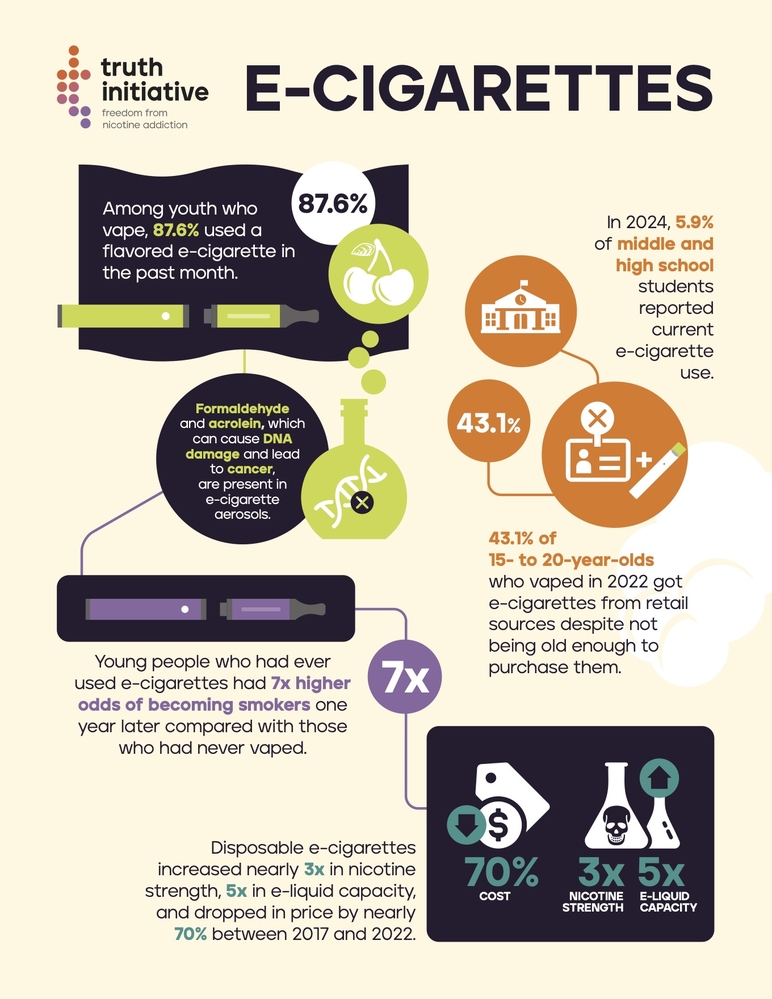Understanding Electronic Cigarettes
Electronic cigarettes, commonly known as e-cigarettes or vapes, are battery-operated devices designed to simulate the experience of smoking tobacco. They function by heating a liquid, referred to as e-liquid or vape juice, to produce an aerosol, often called vapor, which is then inhaled by the user.
Mechanism of Action
The core operation of an electronic cigarette involves several key steps:

- Activation: The device is powered on either by the user inhaling through the mouthpiece (draw-activation) or by pressing a button.
- Heating: This activation supplies power to a heating element, typically a metal coil, known as an atomizer.
- Vaporization: The atomizer heats the e-liquid, which is held in a cartridge or tank, converting it into an inhalable aerosol.
- Inhalation: The user inhales this aerosol, mimicking the physical act of smoking.
Primary Components
Most electronic cigarettes are comprised of several essential parts:
- Battery: This unit provides the electrical power to the heating element. Batteries can be rechargeable or, in some disposable models, non-rechargeable.
- Atomizer: This component contains the heating coil responsible for vaporizing the e-liquid.
- Cartridge or Tank: A reservoir designed to hold the e-liquid.
- Mouthpiece (or Drip Tip): The section of the device through which the user inhales the aerosol.
E-Liquids
The e-liquids vaporized in these devices typically contain several main ingredients:
- Propylene Glycol (PG) and/or Vegetable Glycerin (VG): These serve as the base solution and are the primary agents responsible for creating the visible aerosol. The ratio of PG to VG can influence throat sensation and vapor density.
- Flavorings: A wide array of food-grade flavorings are used to impart various tastes to the vapor.
- Nicotine: Many e-liquids contain nicotine, a highly addictive substance derived from tobacco. However, nicotine-free e-liquids are also available. Nicotine concentrations can vary significantly between products.
Key Considerations
Device Variability: Electronic cigarettes encompass a broad spectrum of products, from simple, disposable “cig-a-like” devices to more complex, customizable “mods” and “pod systems” offering varying power outputs and user experiences.
Aerosol Composition: The aerosol produced by e-cigarettes is not merely water vapor. It contains the base liquids, flavorings, and often nicotine. It can also include other chemicals and particulate matter, though typically at lower levels than found in combustible cigarette smoke.
Regulatory Status: The regulation of electronic cigarettes, including their sale, marketing, product standards, and permitted ingredients, varies considerably across different jurisdictions worldwide.










